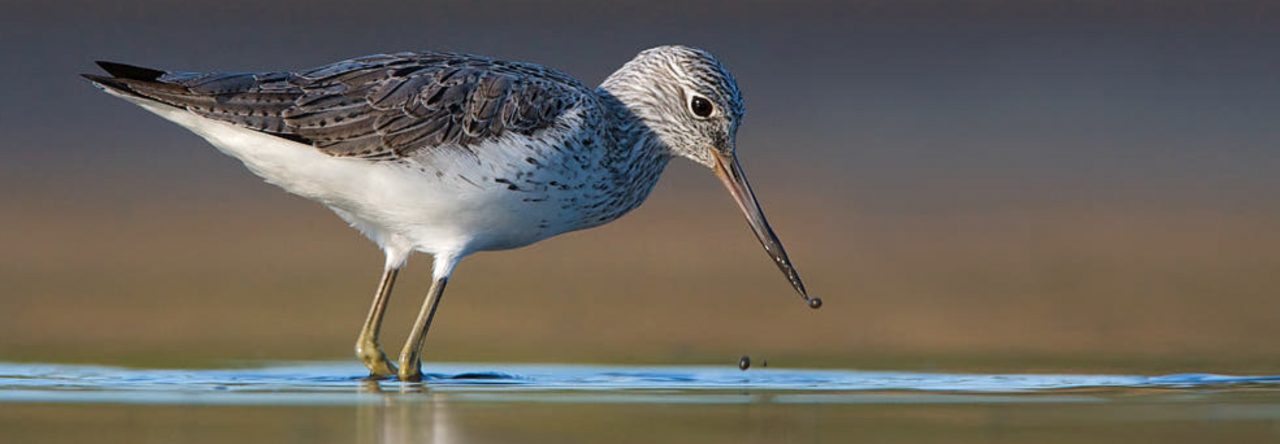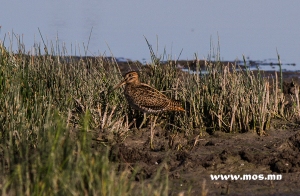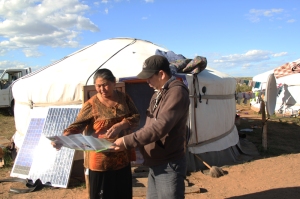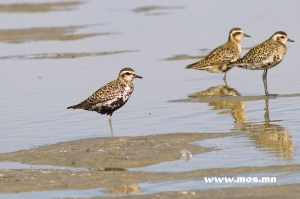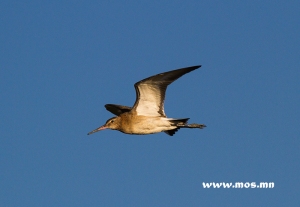Ramakrishnan Rajamani’s story
Pulicat Lake on the outskirts of Chennai has always been our local patch. From the time I started pursuing bird photography as hobby this has been my place to go. Over the last few seasons we have sighted some rarely seen species like Crab Plover, Bar-tailed Godwits or Broad-billed Sandpiper. The latest news from this area was an Eurasian Oystercatcher.
On 7th October 2017 together with my buddy and a fellow photographer, Aravind Venkatraman, I set out to Pulicat Lake to catch a glimpse and hoping for some good photos. For some unknown reasons I have never been out in Pulicat Lake for an afternoon shoot. After a good two hour drive from the city we reached the lake and boarded the boat in search of oystercatchers. It was high tide and most of the small islands in the lake were covered with water. Not even the commonly sighted birds like Terek Sandpiper, sandplovers or Sanderlings were seen. To add to that, it started to drizzle and light constantly decreased. As we were searching for oystercatchers, we spotted Bar-tailed Godwits. It was another rarity that we have spotted for the first time in almost 4 years. Suddenly everything worked welll. While we were photographing the godwits Aravind spotted a lone bird that we thought was a sandpiper. We tried to identify it on the field. A wader with prominent white eyebrow stripe, barred breast and yellow legs was something we have never seen before. As a photographer, I decided to photograph first, identify later. After a while we identified it as Grey-tailed Tattler. We became confused as Indian Subcontinent field guide does not even mention this bird as a vagrant. We consulted another bird photographer and he confirmed that we have not gone ‘bonkers’ and it was indeed a Grey-tailed Tattler.

This was the first time this bird has ever been spotted along the Indian coast. Other sighting have been in and around Bangladesh. We were overjoyed and feeling blessed. What started a slow afternoon, ended with the biggest surprise.
